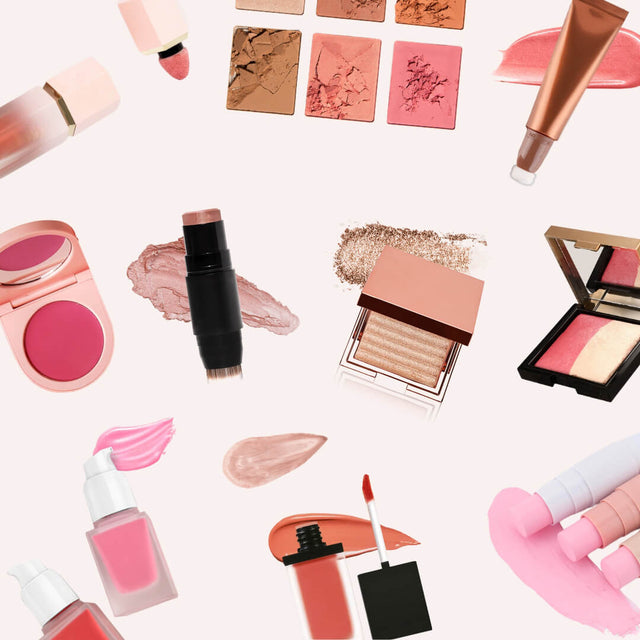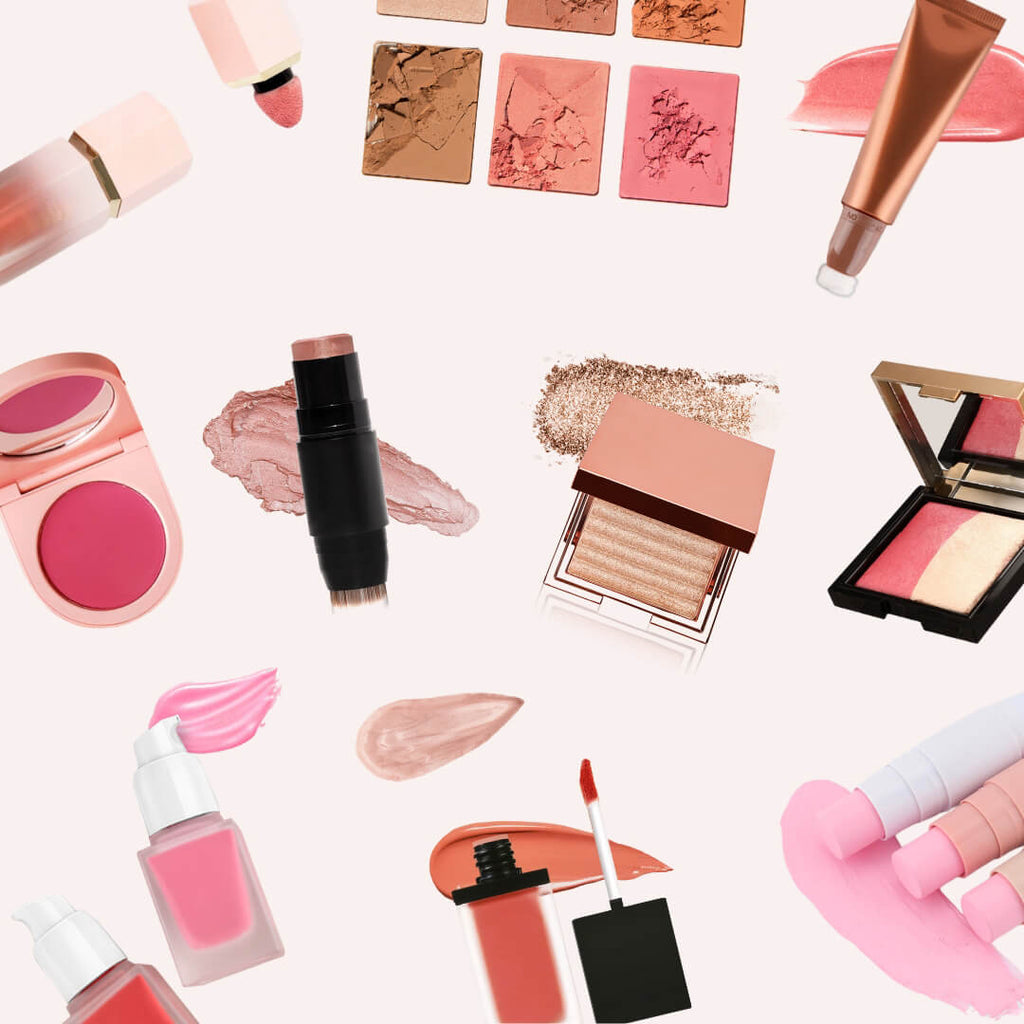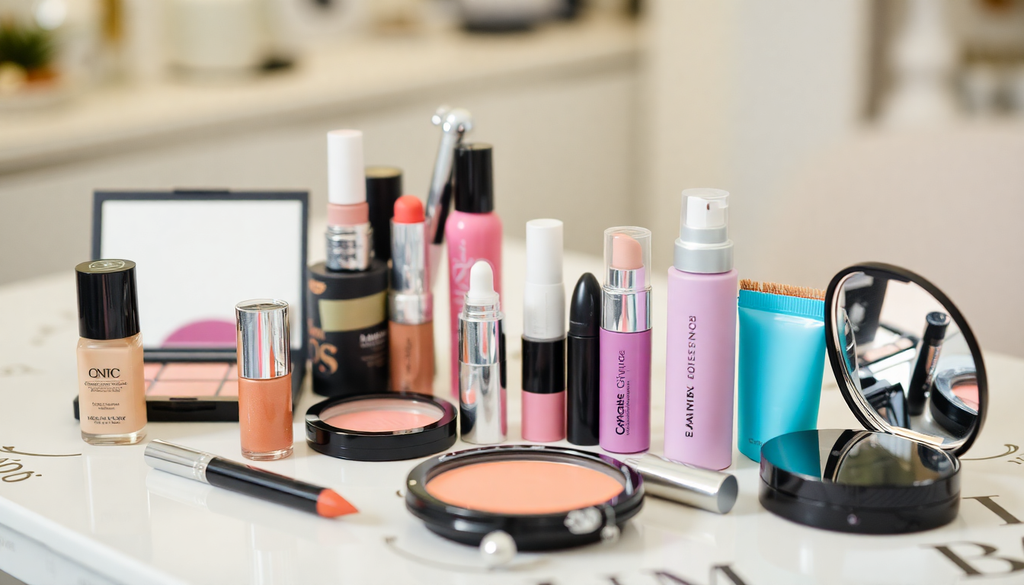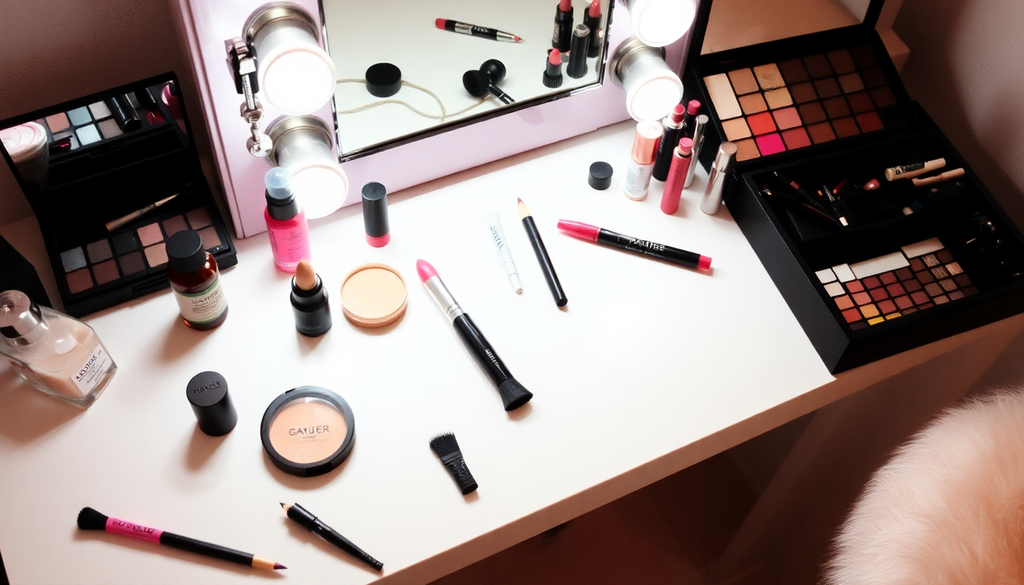
Navigating Global Makeup Regulations: A Step-by-Step Guide to Launching Your Private Label Cosmetics Brand in 2025 Across Different Markets
Introduction
Launching a private label cosmetics brand in 2025 is an exciting opportunity to tap into a vibrant and ever-evolving industry. However, the process comes with its own set of challenges, particularly regarding global makeup regulations. Understanding these regulations is crucial for ensuring your products are compliant and can safely enter various markets. This comprehensive guide will equip you with the knowledge you need to navigate the complexities of launching your brand across different countries.
1. Understanding Global Makeup Regulations
Before diving into specific market requirements, it’s essential to understand the overarching regulations that govern cosmetic products worldwide. Below are key aspects to keep in mind:
- Safety Assessments: All cosmetics must undergo safety assessments to ensure they do not pose any health risks to consumers.
- Ingredient Compliance: Ingredients used in cosmetics must adhere to local and international regulations, including bans on harmful substances.
- Labeling Standards: Labels must be clear, truthful, and not misleading, providing consumers with accurate information about the products.
- Environmental Regulations: Increasingly, cosmetics brands must also consider environmental impacts, including packaging and sourcing.
2. Market-Specific Regulations
Each country has its own set of regulations that you must adhere to. Here’s a detailed look at key markets:
United States
- FDA Regulations: The Food and Drug Administration (FDA) oversees cosmetics in the U.S. Ensure your products are labeled according to FDA guidelines, including listing all ingredients and avoiding misleading claims.
- Ingredient Safety: Check that all ingredients are safe and compliant with U.S. regulations. Certain chemicals, such as parabens and phthalates, are under scrutiny and may be restricted.
- Cosmetic Claims: Be cautious with product claims. Avoid making false or exaggerated claims about the effects of your products.
- Product Registration: Unlike some countries, cosmetics in the U.S. do not require pre-market approval, but you should consider voluntary registration with the FDA.
European Union
- REACH Compliance: The Registration, Evaluation, Authorisation, and Restriction of Chemicals (REACH) regulation requires that all chemicals used in your products are registered with the European Chemicals Agency.
- Cosmetic Regulation (EC) No 1223/2009: Familiarize yourself with this regulation governing cosmetic products in the EU, including requirements for safety assessments and product information files.
- Labeling Requirements: Labels must include a complete ingredient list, the name and address of the manufacturer, the product's intended use, and any warnings or precautions.
- Country-Specific Regulations: Some EU countries may have additional regulations, so always verify local requirements.
Australia
- TGA Regulations: In Australia, the Therapeutic Goods Administration (TGA) regulates cosmetics with therapeutic claims. Ensure compliance if your products fall into this category.
- Labeling Requirements: Comply with the Australian Competition and Consumer Commission (ACCC) guidelines on labeling, which includes providing clear and accurate information.
- Ingredient Safety: Confirm that all ingredients meet Australian safety standards, as some substances may be restricted.
Canada
- Ingredient Listings: All cosmetic products must have a complete ingredient list in both English and French, as mandated by Health Canada.
- Health Canada Regulations: Familiarize yourself with Health Canada's Cosmetic Regulations, including safety assessments and product notifications.
- Labeling Compliance: Ensure that your labels comply with Canadian labeling laws, including bilingual requirements.
Japan
- PMDA Regulations: The Pharmaceuticals and Medical Devices Agency (PMDA) regulates cosmetics in Japan, requiring safety assessments and approvals for certain product claims.
- Ingredient Restrictions: Familiarize yourself with Japan's list of prohibited and restricted ingredients.
- Labeling Requirements: Labels must include ingredient lists and product usage instructions in Japanese.
3. Essential Certifications
Obtaining the right certifications can greatly enhance your brand's credibility and appeal to consumers. Consider the following:
- ISO Certification: Achieving International Organization for Standardization (ISO) certification can demonstrate your commitment to quality management and safety.
- Vegan and Cruelty-Free Certifications: These certifications are increasingly popular, particularly among environmentally conscious consumers. They can set your brand apart in a crowded market.
- Organic Certification: If you plan to market organic products, obtaining certification can add value and attract a niche market.
4. Setting Up Your Online Store
In today's digital world, having a robust online presence is imperative for the success of your cosmetics brand. Here are steps to set up your online store:
- Choose an E-commerce Platform: Platforms like Shopify, WooCommerce, or BigCommerce can simplify the process of setting up your online store.
- Design Your Website: Create an appealing and user-friendly interface that reflects your brand's identity. Consider hiring a professional designer if needed.
- Integrate Payment Solutions: Offer multiple payment options, including credit cards, PayPal, and digital wallets, to enhance customer convenience.
- SEO Optimization: Implement SEO strategies to improve your website's visibility on search engines. Use relevant keywords, optimize images, and create quality content.
- Mobile Optimization: Ensure your website is mobile-friendly, as a significant portion of online shopping occurs on mobile devices.
5. Marketing Your Makeup Brand
Effective marketing strategies are essential for gaining traction in the cosmetics industry. Here are several techniques that can help you establish your brand:
- Social Media Marketing: Utilize platforms like Instagram, TikTok, and Pinterest for brand visibility. Create engaging posts, videos, and stories to connect with your audience.
- Influencer Collaborations: Partnering with beauty influencers can boost credibility and reach a broader audience. Choose influencers who align with your brand values.
- Content Marketing: Create engaging content that resonates with your target audience's interests. Consider starting a blog, creating tutorials, or sharing beauty tips.
- Email Marketing: Build an email list to keep your customers informed about new launches, promotions, and brand news. Personalized emails can significantly improve engagement.
- Online Advertising: Invest in online advertising through Google Ads or social media platforms to reach a targeted audience and drive traffic to your store.
6. Trends in the Makeup Industry
Staying updated on industry trends is crucial for the success of your cosmetics brand. Here are some current trends to consider:
- Sustainable Packaging: Eco-friendly packaging options are becoming increasingly important to consumers. Consider biodegradable or recyclable packaging for your products.
- Inclusive Beauty: Brands that promote inclusivity and diversity in their product lines are resonating with consumers. Consider offering a wide range of shades and products that cater to all skin tones.
- Clean Beauty: The demand for clean, non-toxic beauty products is on the rise. Ensure your products are free from harmful chemicals and clearly communicate this to consumers.
- Personalized Products: Offering personalized cosmetics, such as custom shades or formulations, can create a unique selling proposition.
- Digital Try-On: Implementing augmented reality (AR) features that allow customers to virtually try on products can enhance the shopping experience.
Conclusion
Launching your private label cosmetics brand in 2025 requires thorough research and an understanding of global regulations. By following this step-by-step guide, you can navigate the complexities of different markets, ensuring compliance while effectively marketing your brand. Stay informed about industry trends, prioritize quality and safety, and engage with your audience to create a successful cosmetics line. Start your journey today and make your mark in the vibrant world of cosmetics!




